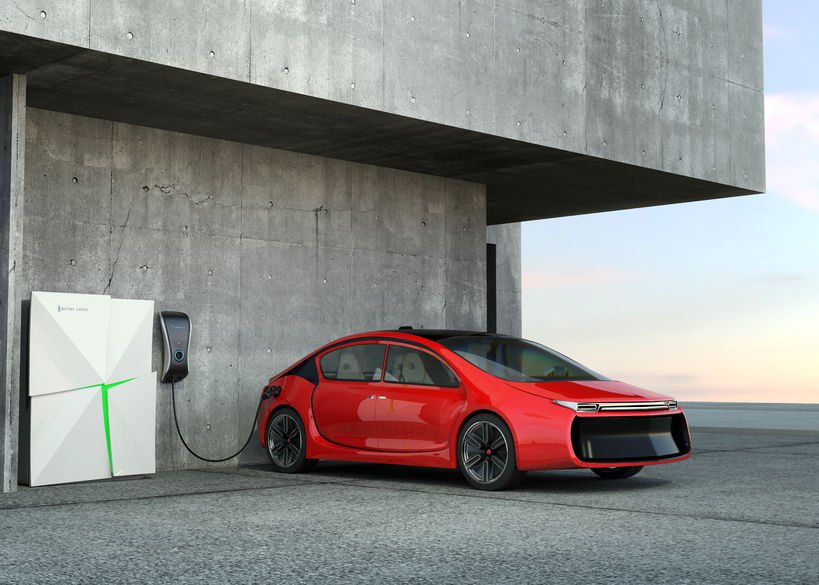Demand for battery storage has seen exponential growth in recent years.
But the battery technical revolution is just beginning, explains Simon Engelke, founder and chair of Battery Associates.
Investment has poured into the battery industry to develop sustainable storage solutions that support the energy transition.
As the world increasingly swaps fossil fuel power for emissions-free electrification, batteries are becoming a vital storage tool to facilitate the energy transition.
Lithium-Ion batteries first appeared commercially in the early 1990s and are now the go-to choice to power everything from mobile phones to electric vehicles and drones.
Demand for Lithium-Ion batteries to power electric vehicles and energy storage has seen exponential growth, increasing from just 0.5 gigawatt-hours in 2010 to around 526 gigawatt hours a decade later. Demand is projected to increase 17-fold by 2030, bringing the cost of battery storage down, according to Bloomberg.
Dr Simon Engelke is founder and chair of Battery Associates, an organization working to accelerate sustainable battery solutions and innovations. Here, he gives expert insights into the world of batteries.
Q. What are the main types of battery in use today and how are they different?
There are two main kinds of batteries you’ll probably be familiar with. Lithium-ion batteries power things like our phones and electric or hybrid vehicles, and lead acid batteries that are used to start cars with internal combustion engines and store power for the car’s lights, radio and other devices.
The main difference is the energy density. You can put more energy into a lithium-Ion battery than lead acid batteries, and they last much longer. That’s why lithium-Ion batteries are used in so many applications and are replacing lead acid batteries for things like transport and grid applications.
Q. Are batteries a safe means of storing electricity?
I would say safety is priority number one for the industry. New technologies and better monitoring are making batteries a very safe way to store electricity. In an electric vehicle one battery cell might stop working, for example, but if it is designed safely it won’t affect the whole vehicle.
The key safety aspects with lithium-Ion batteries are how they are put together and monitored. The worst outcome involves thermal runaway, or an explosion. This would be a major concern for big battery installations like the ones used to store renewable energy, but they operate in a very controlled environment.
Read more: WORLD ECONOMIC FORUM




